Akron Phy sics Club
Archive 2021
~~~~~~~~~~~~~~~~~~~~~~~~~~~~~~~~~~~~~~~~~~~~~~~~~~~~~~~~~~~~~~~~~~~~~~~~~~~~~~~~~~~~~~~~~~~~~~~~~~~~~~~~~~~~~~~~~~~~~~~~~~~
Akron Physics Club
Akron Physics Club
MEETING ANNOUNCEMENT: TUESDAY January 26, 2021
Topic: Akron Physics Club Meeting
Informal member discussion at 6:30pm - Business Meeting at 7:00pm followed by the presentation.
We will be meeting at the New Era Cafe in Akron, and also via Zoom internet for remote attendance.
What is Zoom?
Zoom is a web-based video conferencing tool with a local, desktop client and a mobile app that allows users to meet online, with or without video. Zoom users can choose to record sessions, collaborate on projects, and share or annotate on one another's screens, all with one easy-to-use platform.
Getting started on Windows and Mac
How to join a Zoom Meeting
Where is the New Era Cafe?
Located at 10 Massillon Road, Akron, Ohio 44312
phone: 330.784.0087
Web site
Check out their Menu since for the meeting you can order your food there on your own.
No need to bring your laptop, tablet or computer device.
A projector and screen will already be setup there - for you to watch/participate and enjoy the meeting.
If you are going to watch the APC Zoom meeting at the New Era Cafe, please register ahead of time at https://www.meetup.com/Akron-Physics-Meetup/ so we know how big of a room to request.
-
Visitors and students are always welcome.
If you currently are not on our email list and wish to attend our meeting, please send such request to: This email address is being protected from spambots. You need JavaScript enabled to view it.).
Zhihao Shang
Vanderbilt University
will be speaking on
Novel Electrospun Fuel Cell Proton Exchange Membrane
Bio:
Zhihao Shang received the B.S. degree in polymer materials engineering from the Qingdao University of Science and Technology in 2018, the master degree in polymer science in 2019 from University of Akron. He was a master student in Dr. Reneker’s lab and researched hygroscopic nanofiber. He is currently an PhD student in the department of chemical engineering, Vanderbilt University, Nashville, TN. His research area now is novel proton exchange membrane reinforced by nanofiber.
In his free time, he likes to study computer science. He is one of the translators of eight books about development boards.
Electrospun nanofiber composite proton-exchange membranes (PEMs) are a promising alternative to traditional polymer blends, phase-separated block copolymers. Electrospun PEMs offer a high degree of compositional and morphological control in that the volume fraction and diameter of the polymer fibers can be fixed. By adding reinforced nanofibers, the mechanical strength of the PEMs will be greatly improved. The ionomer surrounds the reinforcing fibers to form a network connection. Such a network connection can still maintain the conductivity of the PEMs. This is helpful for reducing the cost and extending the life of fuel cells.
Novel Electrospun Fuel Cell Proton Exchange Membrane – AkronPhysicsClub.pdf
Akron Physics Club
MEETING ANNOUNCEMENT: TUESDAY February 23, 2021
Topic: Akron Physics Club Meeting
Informal member discussion at 6:30pm - Business Meeting at 7:00pm followed by the presentation.
We will be meeting at the New Era Cafe in Akron, and also via Zoom internet for remote attendance.
What is Zoom?
Zoom is a web-based video conferencing tool with a local, desktop client and a mobile app that allows users to meet online, with or without video. Zoom users can choose to record sessions, collaborate on projects, and share or annotate on one another's screens, all with one easy-to-use platform.
Getting started on Windows and Mac
How to join a Zoom Meeting
Where is the New Era Cafe?
Located at 10 Massillon Road, Akron, Ohio 44312
phone: 330.784.0087
Web site
Check out their Menu since for the meeting you can order your food there on your own.
No need to bring your laptop, tablet or computer device.
A projector and screen will already be setup there - for you to watch/participate and enjoy the meeting.
If you are going to watch the APC Zoom meeting at the New Era Cafe, please register ahead of time at https://www.meetup.com/Akron-Physics-Meetup/ so we know how big of a room to request.
-
Visitors and students are always welcome.
If you currently are not on our email list and wish to attend our meeting, please send such request to: This email address is being protected from spambots. You need JavaScript enabled to view it.).
Ret. Professor Emeritus, Dr. Mel Vye
University of Akron
will be speaking on
The Mathematics of Rubik's Cube
Abstract:
The mathematical aspects of Rubik's puzzles. Cubing notation and algorithms will be discussed.
Bio: Education:
BSEE Ohio University, 1965
M Engineering Penn State University, 1969
BA (French) Univ of Akron 2003
Retired from Univ of Akron in 1997 as Professor Emeritus of Electronic Engineering Technology
Licensed Amateur Radio operator since 1958. Call : W8MV
Traveled to over 100 countries on all seven continents. Operated Amateur Radio from 27 of these countries
Minutes, January 26, 2021
Math of Rubik's Cube, by Dr Mel Vye.pdf
Akron Physics Club
MEETING ANNOUNCEMENT: TUESDAY March 23, 2021
Topic: Akron Physics Club Meeting
Informal member discussion at 6:30pm - Business Meeting at 7:00pm followed by the presentation.
We will be meeting at the New Era Cafe in Akron, and also via Zoom internet for remote attendance.
What is Zoom?
Zoom is a web-based video conferencing tool with a local, desktop client and a mobile app that allows users to meet online, with or without video. Zoom users can choose to record sessions, collaborate on projects, and share or annotate on one another's screens, all with one easy-to-use platform.
Getting started on Windows and Mac
How to join a Zoom Meeting
Where is the New Era Cafe?
Located at 10 Massillon Road, Akron, Ohio 44312
phone: 330.784.0087
Web site
Check out their Menu since for the meeting you can order your food there on your own.
No need to bring your laptop, tablet or computer device.
A projector and screen will already be setup there - for you to watch/participate and enjoy the meeting.
If you are going to watch the APC Zoom meeting at the New Era Cafe, please register ahead of time at https://www.meetup.com/Akron-Physics-Meetup/ so we know how big of a room to request.
-
Visitors and students are always welcome.
If you currently are not on our email list and wish to attend our meeting, please send such request to: This email address is being protected from spambots. You need JavaScript enabled to view it.).
Dr. Dan Galehouse
University of Akron
will be speaking on
Neutrinos, leptons, quarks: understanding elementary particles with spinors
Abstract:
The description of space by geometry has a long history. Algebraic methods have become popular and use coordinates, vectors, and, in relatively modern times, spinors. Our understanding of space is now part of physics and observed through the motion and interaction of particles. New results as originally presented in the 2018 APS meeting in Hawaii will be included.
The Speaker will be: Dr. Dan Galehouse,
... a long-time member (and Program Chair) of the Akron Physics Club. His early days growing up in the Akron area were interrupted by long stays in foreign countries. Excursions were to Sweden, France and Italy. Adventures often included ocean voyages, propeller plane transportation, and schoolwork in foreign languages. Eventually, undergraduate studies at MIT offered a measure of stability and a physics degree. Geometry and physics became a vocation, avocation, and even an obsession.
A stint at Berkeley concluded with his PhD. degree in molecular spectroscopy. From there, he went on to an industrial position in film manufacturing at Polaroid Corporation. This was followed by work in high intensity discharge lamp design for General Electric.
A few years were spent in teaching and research at the University of Akron. Now retired, his interest in quantum mechanics and geometry has expanded to include particle physics.
Minutes, March 23, 2021
Neutrinos, Leptons, Quarks Geometrical Isospin
Daniel Galehouse, University of Akron
Fifth Joint Meeting of the Nuclear Physics Divisions of the APS and the JPS
Waikoloa, Hawaii, October 26, 2018
https://akronphysicsclub.org/images/PDF_files_for_articles/ HAW2018.pdf
-
By Dr. Dan Galeshouse...
Neutrinos, Leptons, Quarks
Good morning. I would like to report on a long term project that is not very well known.
And as I see new faces here, these ideas will be new to many of you.
Originally, the goal was to understand quantum mechanics and spin as geometrical structures.
Eventually this line of investigation joined with relativity, gravitation, and electrodynamics.
This talk is the first discussion of weak interactions.
Over time, the separated evolution of the quantum and gravity has resulted in concealed difficulties in both sub-fields.
Both effects ar ubiquitous and these incorporated difficulties must be identified and corrected.
While we know that the gravitation itself is not important for nuclear physics, it contributes to the structural of fundamental theory.
I hope to provide a picture of this approach, show current advances, and display the ongoing difficulties.
Outline
There are several parts.
First there is a physical consideration of currents and geometry.
Following that, there is a brief discussion of spinor space.
This leads to an extension to the Dirac equation.
Following that, I will discuss additional consequences and applications.
Wave particles
As a formalism based on the Dirac equation, particles are entirely wave-like.
There are no point particles. Classical Lagrangians are not used.
A wave function may be expanded in basis states for the purpose of finding a solution but only the total summed wave has any physical meaning.
To be compatible, general relativity is formulated with waves.
This arrangement avoids first quantization and all physical issues that derive from a classical precedent.
Time-symmetric interactions
As has always been the case, the quantization of the electromagnetic field in a cavity is equivalent to the constraint
imposed by the quantum states in the cavity walls.
The interior photons cannot be separated from their emission and absorption.
A time-symmetric formalism avoids free photons that are not attached to a source.
The quantum character of the electromagnetic field is always due to the quantum states of the sources.
This avoids the complexities of second quantization.
The basic fields of the theory can have a classical character.
Deterministic Quantum Mechanics
Quantum mechanics can be assumed to be formally deterministic:
We begin with a perfectly reflecting cavity that may have some radiation trapped inside.
The evolution is deterministic by Maxwell's equations.
Particles are added, one by one, to build up a piece of scientific apparatus.
Radiation cannot escape and with each particle the system remains deterministic.
Eventually, there are k particles making up an experiment and n more that serve to absorb or emit photons from or to that experiment.
Since no radiation can escape, the system continues to evolve deterministically.
Eventually there are enough absorber particles to ensure normal radiative behavior.
The mirror can be removed leaving a realistic experiment inside an identified absorber.
The system, as a whole, can still be treated deterministically.
This construction has the important result that it forgoes fundamental statistics.
Inherent randomness is not required. A deterministic geometrical mechanism can proceed unimpeded.
The statistics are recovered when the interactions of the absorber are made explicit.
Curvilinear motion of fundamental fermions
All massive fundamental particles are hypothesized to be fermions.
Others must be bound states. Such a construction is renormalizable.
But for a theory to be compatible with general relativity, abrupt changes in charge or mass may not occur.
Here a neutrino moves through nuclear matter and transforms into an electron.
We hypothesize a variable xi to parameterize the conversion.
It has a value of one for a neutrino and zero for an electron.
This is a simple view, but it will give way to a more complete understanding.
Intermediate components
A particle going through a continuous change of charge and mass may arrive at one or more intermediate states.
Near the endpoints, behavior is expected to be like the electron or neutrino.
Observation of neutrinos show a mass that is 10-6 of the electron.
With a smooth change of charge, the neutrino charge should be near 10-6 e.
Measurements are hard to find.
The low mass states at the neutrino end may contribute to dark matter.
And for electrons, at the other end, a dispersion in the electric charge could occur.
Modern measurements are at a level of 10-8 but are made on a collection of electrons, not on individual instances.
In the middle of the range, there may be intermediate states corresponding to different values of xi.
These may include coherent superpositions.
Here we suggest a down quark.
The details will depend on dynamical processes yet to be uncovered.
Presumably the charge is determined by the dynamics, but it need not be exactly 1/3 or 2/3.
Variations may affect nuclear parameters, such as the Ca to Cv ratio.
These are some of the physical issues of this picture.
Weak interaction
The four point interaction describes an instantaneous weak conversion.
Following Heisenberg and then Fermi, the proton is identified with the neutron and thus, the electron with the neutrino.
Geometrical isospin
Now with the quark theory, the weak interaction must convert the quark content of a proton to the quark content of a neutron.
To connect the neutrino to the electron forces the connection of the up quark to down quark.
This leads to a configurational difficulty because the sign of the charge should not change.
Reconnecting the up quark to the neutrino and the down quark to the electron allows the charge variations to range from zero to one but with always the same sign.
With this rearrangement, the electron must be identified with the anti-neutrino rather than the neutrino.
A test may come from chiral scattering. (I am looking for a clean discussion of the experimental observations.)
Intermediate boson
The modern representation uses a vector boson. The W+ can be identified with the strongly bound state of two half positive leptons, or two half negative leptons are needed for the W-.
Now let us go on to mathematical structure.
Spinor space
Eight coordinates are postulated in a curvilinear space.
When arranged in four conjugate pairs they produce a formalism that matches the standard 4-spinor.
A spin metric is introduced for coordinate infinitesimals, and functions for the construction of spinor adjoints.
A map is specified in terms of differentials and goes from the complex spin space to a four, five or, as we shall see, six dimensional set of observer coordinates.
The gamma matrices are used for the transformation. This scheme is compatible with known physics.
A four-spinor, zeta, is used to define the orientation of the local spin frame to the space-time observer.
The relationship between the differentials tells how to map waves and wave vectors from spinor space to space time.
Pluecker-Klein
The basis of the Lorentz transformation for spin 1/2 particles comes from the Plucker-Klein relation.
The five anti-commuting Dirac matrices plus the unit matrix combine into an quadratic invariant.
Each complex quantity A is linear in two arbitrary four dimensional complex spin vectors, u and v.
There are six such complex A values.
I turns out that the squares of these quantities combine in an arithmetic identity.
Four of the quadratic terms, (A0 through A3) are associated with the wave vector of a space time particle.
The last two terms can make up the particle mass.
In the conventional Dirac theory of the electron only A4 is used. The term for gamma-5 is extra.
The main hypothesis of this talk is that this extra term should be introduced into the Dirac equation and used alongside the others.
Six dimensions, in total, appear and extend the space-time for the fundamental fermions.
Because the gamma-5 matrix is ubiquitous in weak interactions, it must be introduced into the kinematics.
A complete extension is forced by gravitational equivalence.
Note that the mass term can be written as a factored product, showing that a zero mass particle will have either left or right chirality.
The Lorentz transformation still applies to the local frame of general relativity.
Transformations of wave vectors with the first mass parameter are associated with electromagnetism.
The remaining transformations presumably are weak interactions.
Spinor space wave equation
The eight dimensional D'Alembertian operating on a scalar wave is an invariant differential expression.
It is also turns out to be the basic linear wave equation of quantum mechanics.
The wave function of a spinor is chosen to be the gradient (in spinor space) of the fundamental scalar wave.
The coordinate relation of two slides back can be used to rearrange the second derivative in the D'Alembertian.
The chain rule goes through and the resulting expression is the Dirac equation dotted into the arbitrary spin vector that functions to orient the spin-frame.
The bracket must be zero for any orientation. This implies the Dirac equation.
Wave particles in spinor space are mapped to wave particles in space-time.
Coordinate covariance and equivalence of interactions are assured. The gravitational requirements are met.
So far, the interactions identified by this approach are mediated by conformal transformations.
Dirac equation structure
Now we extend the Dirac equation to six dimensions.
The previous construction goes through if the coordinate condition is augmented with a gamma-5 matrix.
It is a simple step.
A sixth term is added, proportional to i times gamma-5.
A formal derivative is appended using coordinate q with wave-parameter l.
Two mass parameters appear, one is the original mass as proposed by Dirac, and the other is new. It is a pseudoscalar.
The space of the two complex parameters m and l provide a manifold of particle types.
It is expected, ultimately, that all particles are bound systems of 2 or more of these fermions.
Plane wave solutions 1
The plane wave solutions are an elementary study.
The five anti-commuting Dirac matrices can be arranged on the left and the equation squared as an operator.
The so-derived second derivative with respect to q can be moved to the right side.
The effective total inertial mass is the sum of the squares of the two mass types m and l.
Plane wave solutions 2
There are six main cases of interest.
For l=0 and m=0 the Dirac neutrino comes out as usual.
If m is positive and real and l=0, the Dirac electron results.
If l is positive and real and m=0, the Dirac equation comes out but written in the symmetrical form used by mathematicians.
The intermediate cases where both l and m are real have not be evaluated systematically but are believed to be Dirac-like.
These last three cases await a theory of interaction to address the differences between electromagnetic interactions and weak interactions.
I will talk about the two remaining cases.
For l=im, we get neutrinos with internal structure.
The Klein-Gordon mass is zero but there is a dependence of the neutrino polarization on its energy-momentum vector.
Finally, if the total mass squared is not a real positive number, the wave vector will develop an imaginary component.
These must be quarks.
Some details are given in the next two slides.
Neutrinos with internal structure
The solution is straightforward and is shown here for positive omega, l=im \xi.
Specializing to the neutrino case where \xi is equal to 1 shows that the spinor will make sign changes when the k vector is close m = -il.
This may explain some aspects of neutrino interactions.
A particular internal mass, as distinct from the mechanical mass has alternative effects on the interaction.
It may provide a means for a neutrino to 'remember' the lepton from which it was generated.
As we now know, neutrinos inter-convert. They must be of the same construction.
And there must be a way for them to 'know' their associated lepton.
In full detail, the neutrino to electron transformation may involve a sequence of states that depend on complex values of l and m, not just the value of xi.
Quark solutions
If the combined mass has imaginary terms, the Plucker-Klein relation still holds and will force a non-zero imaginary part into the wave vector.
The wave function then grows exponentially in some direction.
It cannot be normalized as a free particle but must exist as a part of a bound state, perhaps a nucleon or hadron.
The particle cannot appear as a free particle without the correct interaction that will remove the imaginary terms.
This corresponds to quark behavior.
In the most general case, an electron that is processed into a neutrino passes through quark-like intermediaries.
True quarks are presumed to be superpositions of these elementary wave solutions.
Let us look at some applications.
Proton spin
The quark solutions are intermediate between neutrino and lepton. They should have intermediate spin structure, not that of a free electron.
An unusual l-s coupling may result for which the quark spin is forced to align with the orbital motion.
The intuitive coupling from atomic physics will not be correct.
Pauli principle
Spinor space entails an automatic Pauli principle.
Here is illustrated how it comes about for electrons:
Two weakly localized electrons are moving out of the plane of the page in the eight dimensional spinor space.
They propagate as complex waves with slowly varying envelopes as they approach each other.
Motion internal to the wave function is determined by the Dirac equation.
Eventually they meet at a boundary where the scalar wave function is zero.
This boundary is the only point in common. The anti-symmetrization occurs at that point and is automatic if the two electrons are in the same space.
The local exchange of position coordinates is equivalent to a sign change of the derivative.
The Pauli anti-symmetrization follows because the spinor wave function is formed from the derivative of the scalar wave and always changes sign under local coordinate exchange.
This behavior goes through immediately for the extended equation.
It applies to both electrons and quarks.
Furthermore, since quarks and electrons are versions of the same particle, they must form anti-symmetrical boundaries with each other as well as with themselves.
Proton radius
(There is an automatic Pauli principle for spinor space but it enforces anti-symmetrization on all fermion pairs.)
As you know, the experiment compares the proton radius, as measured by spectroscopy on a bound electron, to the same type of measurement on a bound muon.
Intuitively, one expects the structure of the down quark to be closer to structure of the electron than to the muon.
The effect of Pauli exclusion should be greater for the electron causing, naively, a slightly larger radius for the proton when measured by the electron.
A precise calculation requires detailed knowledge of the quark wave functions. These are not well known.
Measurement of the proton radius by electron and positron scattering could provide information about Pauli exclusion for up and down quarks.
One expects the electron and positron data to give different values because the two quark types will have different anti-symmetrization properties.
Calculational efficiency
Also of importance to nuclear physics is the observation that anti-symmetrization comes about automatically in the spinor space coordinate system.
A second particle can be added next to the others.
The Fock anti-symmetrization is not required.
The complexity of the system no longer increases as the factorial of the number of particles but as the count itself.
The overall complexity becomes polynomial, perhaps linear.
Calculational methods may require, depending on the particular case, the explicit use of eight dimensions.
But even with the high entry cost, the reduced cost of adding another particle will eventually overshadow the Fock space calculation.
Conclusion -- takeaways
The presumption of compatibility with general relativity forces augmentations in the formalism.
Geometrical isospin guides the introduction of a new chiral term into the Dirac theory.
This may allow fermions to be described as they transform during nuclear interactions.
Looking forward, a complicated phenomenology is expected.
There is a continuing need for experimental observations and theoretical descriptions.
I am happy to present this simple discussion of the effects of spinor space on weak interaction phenomenology.
Thank you for listening.
Akron Physics Club
MEETING ANNOUNCEMENT: TUESDAY April 27, 2021
Topic: Akron Physics Club Meeting
Informal member discussion at 6:30pm - Business Meeting at 7:00pm followed by the presentation.
We will be meeting at the New Era Cafe in Akron, and also via Zoom internet for remote attendance.
What is Zoom?
Zoom is a web-based video conferencing tool with a local, desktop client and a mobile app that allows users to meet online, with or without video. Zoom users can choose to record sessions, collaborate on projects, and share or annotate on one another's screens, all with one easy-to-use platform.
Getting started on Windows and Mac
How to join a Zoom Meeting
Where is the New Era Cafe?
Located at 10 Massillon Road, Akron, Ohio 44312
phone: 330.784.0087
Web site
Check out their Menu since for the meeting you can order your food there on your own.
No need to bring your laptop, tablet or computer device.
A projector and screen will already be setup there - for you to watch/participate and enjoy the meeting.
If you are going to watch the APC Zoom meeting at the New Era Cafe, please register ahead of time at https://www.meetup.com/Akron-Physics-Meetup/ so we know how big of a room to request.
-
Visitors and students are always welcome.
If you currently are not on our email list and wish to attend our meeting, please send such request to: This email address is being protected from spambots. You need JavaScript enabled to view it.).
Dr. Geoffrey Landis
NASA John Glenn Research Center
will be speaking on
The Thermoradiative Cell: Power from Heat
Abstract:
The Thermoradiative Cell:
Power from Heat
Geoffrey A. Landis
NASA Glenn Research Center
A solar cell absorbs light and produces electrical power. In the process, of course, since no energy converter is a hundred percent efficient, it also produces waste heat. You can therefore, if you like, think of a solar cell as a thermodynamic heat engine that converts sunlight (at an effective temperature of 6000 K, the temperature of the sun) into electrical power, and rejecting waste heat on the “cold” side at room temperature, around 300 K. But: thermodynamically, a heat engine is reversable: if you switch the hot side and the cold site, it will still produce power. Can you reverse a solar cell? If you heat the solar cell, can you make it emit light… and produce electrical power? That sounds absurd… but it works.
The thermoradiative cell is a solid-state device for converting heat energy to electrical power. It is structurally similar to a photovoltaic cell, in that it is a p-n junction semiconductor device, but thermodynamically operates in the reverse direction, converting the thermal dark current into electrical power by utilizing the recombination radiation from thermally-generated electron hole pairs to radiate waste heat to space. Like thermophotovoltaic cells and thermoelectric converters, it is a solid-state heat engine with no moving parts, but the fundamental operating principle is different from either.
The power and efficiency can be calculated as a function of bandgap in the detailed-balance case in which all of the thermal emissivity of the cell is due to the recombination of thermally generated electron-hole pairs, and all other recombination losses are ignored. The current produced is directly proportional to the recombination radiation, and thus the more thermally generated pairs, the higher the current. The voltage is proportional to the bandgap. These two constraints set an optimal bandgap that is proportional to the thermal voltage kT.
A thermoradiative cell is both the power converter and also as the radiator; it can be thought of as a radiator that produces electrical power. Since a thermoradiative cell operates by radiating directly to space, the current produced will increase with the Stefan-Boltzman radiative efficiency; roughly the fourth power of the temperature. Thus, in contrast to a photovoltaic converter (which operates best at low temperatures), the power increases with operating temperatures. Likewise, in contrast to conventional thermal conversion, high radiator temperature increases, rather than decreases the efficiency. Thus, the thermoradiative conversion may fill a power-generation niche in which small radiator size is required.
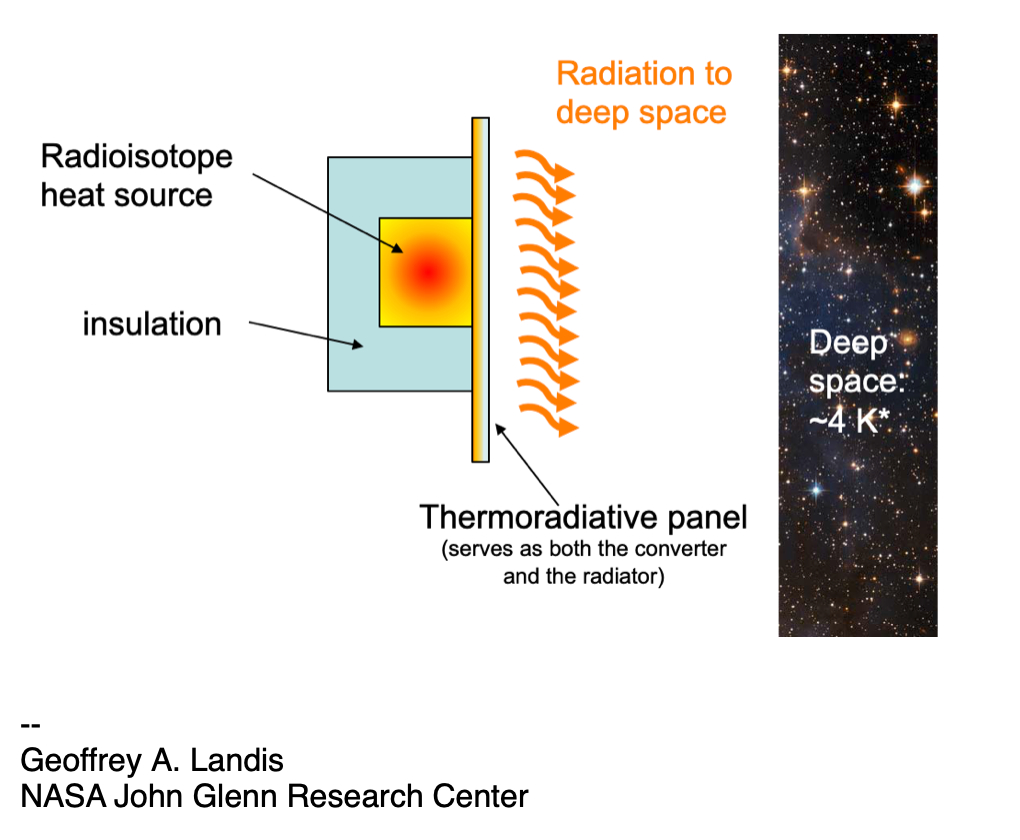
The Speaker will be: Dr. Geoffrey Landis,
... currently works on designing future space missions at NASA Glenn Research Center, but before he started designing spacecraft, he was an experimental semiconductor-device physicist working primarily on advanced photovoltaic cell design. He received his undergraduate degrees in physics and electrical engineering from MIT, and his Ph.D. in physics from Brown University. Starting at the Power Technology Division at NASA Glenn Research Center in 1988 (then called the Lewis Research Center), he worked on designing solar cells for the space environment, and ended up working on power systems for the moon, Mars, Venus, and the Parker Solar Probe. He holds ten patents, primarily on solar cell device designs, and has written somewhat over 400 papers. He is a NASA Innovative Advanced Concepts fellow and a fellow of the American Institute of Aeronautics and Astronautics. In his spare time, he is an award-winning science fiction writer, and when he’s not writing science fiction, he goes to fencing tournaments so he can stab perfect strangers with a sword.
Minutes, April 27, 2021
Akron Physics Club
MEETING ANNOUNCEMENT: TUESDAY May 25, 2021
Topic: Akron Physics Club Meeting
Informal member discussion at 6:30pm - Business Meeting at 7:00pm followed by the presentation.
We will be meeting at the New Era Cafe in Akron, and also via Zoom internet for remote attendance.
What is Zoom?
Zoom is a web-based video conferencing tool with a local, desktop client and a mobile app that allows users to meet online, with or without video. Zoom users can choose to record sessions, collaborate on projects, and share or annotate on one another's screens, all with one easy-to-use platform.
Getting started on Windows and Mac
How to join a Zoom Meeting
Where is the New Era Cafe?
Located at 10 Massillon Road, Akron, Ohio 44312
phone: 330.784.0087
Web site
Check out their Menu since for the meeting you can order your food there on your own.
No need to bring your laptop, tablet or computer device.
A projector and screen will already be setup there - for you to watch/participate and enjoy the meeting.
If you are going to watch the APC Zoom meeting at the New Era Cafe, please register ahead of time at https://www.meetup.com/Akron-Physics-Meetup/ so we know how big of a room to request.
-
Visitors and students are always welcome.
If you currently are not on our email list and wish to attend our meeting, please send such request to: This email address is being protected from spambots. You need JavaScript enabled to view it.).
John Shulan
Summit County Astronomical Society
will be speaking on
The Fairlawn Rotary Observatory, and Just How Big is the Universe?
Abstract:
First I will talk about the Fairlawn Rotary observatory and the expansion of it which begins this coming Thursday. I also have, for those interested, a nice lay version of PowerPoint about the scale of the universe. I hope that will generate questions and discussions. Both are PowerPoint presentations. I can screen share.
Bio:
I am owner of Shulan’s Fairlawn Jewelers, a 100 year old firm. My hobbies are astronomy, professional ski instructor and scuba diving. Sharing the arts and sciences is a most rewarding passion.
Minutes, May 25, 2021
Akron Physics Club
MEETING ANNOUNCEMENT: TUESDAY September 28, 2021
Topic: Slice Mfg Tour
Meeting at 5:00pm at the front entrance on Triplett Ave
Full address: 1810 Triplett Blvd, Akron OH 44306
The tour of Slice Mfg is free, but please sign up here so we know how many people are coming:
https://www.meetup.com/Akron-Physics-Meetup/
Visitors and students are always welcome.
If you currently are not on our email list and wish to attend our meeting, please send such request to: (This email address is being protected from spambots. You need JavaScript enabled to view it.).
Randy Theken
Founder of NextStep Arthropedix & Slice Mfg Studios
will be speaking at the
Slice Manufacturing Tour
Abstract:
Slice Mfg Studio: A contract manufacturer focused in Metal Additive Manufacturing (EBM, DLS, DLM) Advanced Machining (7-axis Mill-Turn w/robots, Swiss Screw Turning, Wire EDM), Dedicated Prototype Machining, Class 10,000 Sterile Clean Rooms, Class 1000 Sterile Packing, FDA Certified Mechanical Testing. Focused on both mass production and prototyping of medical and aerospace components. Visit our website: www.slicemfg.com
Bio:
Randy Theken (pronounced “taken”) is the founder of four orthopedic medical device companies, (1992 - 2010) known as the Theken Family of Companies (Theken Orthopaedic, Theken Spine, Theken Disc, Therics).
A master-degreed electrical, mechanical and biomedical engineer, Randy Theken and his team made a significant impact on the spinal implant industry during his tenure, (1992 - 2010)
Mr. Theken was born and raised in Northeast Ohio, and became interested in spinal implants while conducting research for his Master Thesis at the University of Akron. After finishing graduate school in 1992, he founded Theken Orthopaedic which provided mechanical testing and FDA regulatory services. Six years later, he founded Theken Spine to focus on spinal implant and device development. In mid-2003, Theken Disc was founded to specifically focus on R&D development of next generation spinal arthroplasty devices. In July 2005, Mr. Theken purchased Therics Inc., from Tredegar Corporation, headquartered in Princeton, NJ. Therics designed, developed and manufactured a variety of synthetic bone substitute products using its 3D printing patents, being the originators of 3D printing.
In 2009, Integra Life Science acquired Theken Spine, LLC Theken Disc, LLC and Therics, LLC A new division within Integra (Integra Spine) was created, and Mr. Theken was appointed President. He operated these three companies under thE new division of Integra until the end of 2010. Mr. Theken then had a five year non-compete in medical.
Mr. Theken is now focused on new medical device ventures. In 2014, Mr. Theken formed several new medical device companies known as the Theken Group (NextStep Arthropedix, e-Ceramics, Slice Mfg Studios, LaunchDen). See attached articles.
Minutes, September 28, 2021
Akron Physics Club
MEETING ANNOUNCEMENT: WEDNESDAY October 27, 2021
Topic: Akron Energy Systems Tour
Doors open at 5:30pm. Meeting at 6:00pm at the
New Era Restaurant, 10 Massillon Rd, Akron OH 44312
This month Jeff Walker will be giving a PowerPoint talk at the New Era restaurant. We can tour the plant after the business meeting, elections, and presentation.
-
The tour of Akron Energy Systems is free, but please sign up here so we know how many people are coming:
https://www.meetup.com/Akron-Physics-Meetup/
Visitors and students are always welcome.
If you currently are not on our email list and wish to attend our meeting, please send such request to: (This email address is being protected from spambots. You need JavaScript enabled to view it.).
Jeff Walker,
Akron Energy Systems, Electrical Technical Supervisor & Project Manager
PowerPoint presentation at the New Era, then a tour of Akron Energy Systems
6:pm Club Business Meeting, followed by election of officers, and then PowerPoint presentation by Jeff Walker.
The current slate standing for 2021-2022 officers are:
We encourage all members of the Akron Physics Club to run for an office. If you are interested, please contact Rick Nemer at our email address (This email address is being protected from spambots. You need JavaScript enabled to view it.) and plan to attend this Club meeting (Oct 27th) at the New Era.
Jonah Kirszenberg, Secretary
Minutes, October 27, 2021

-
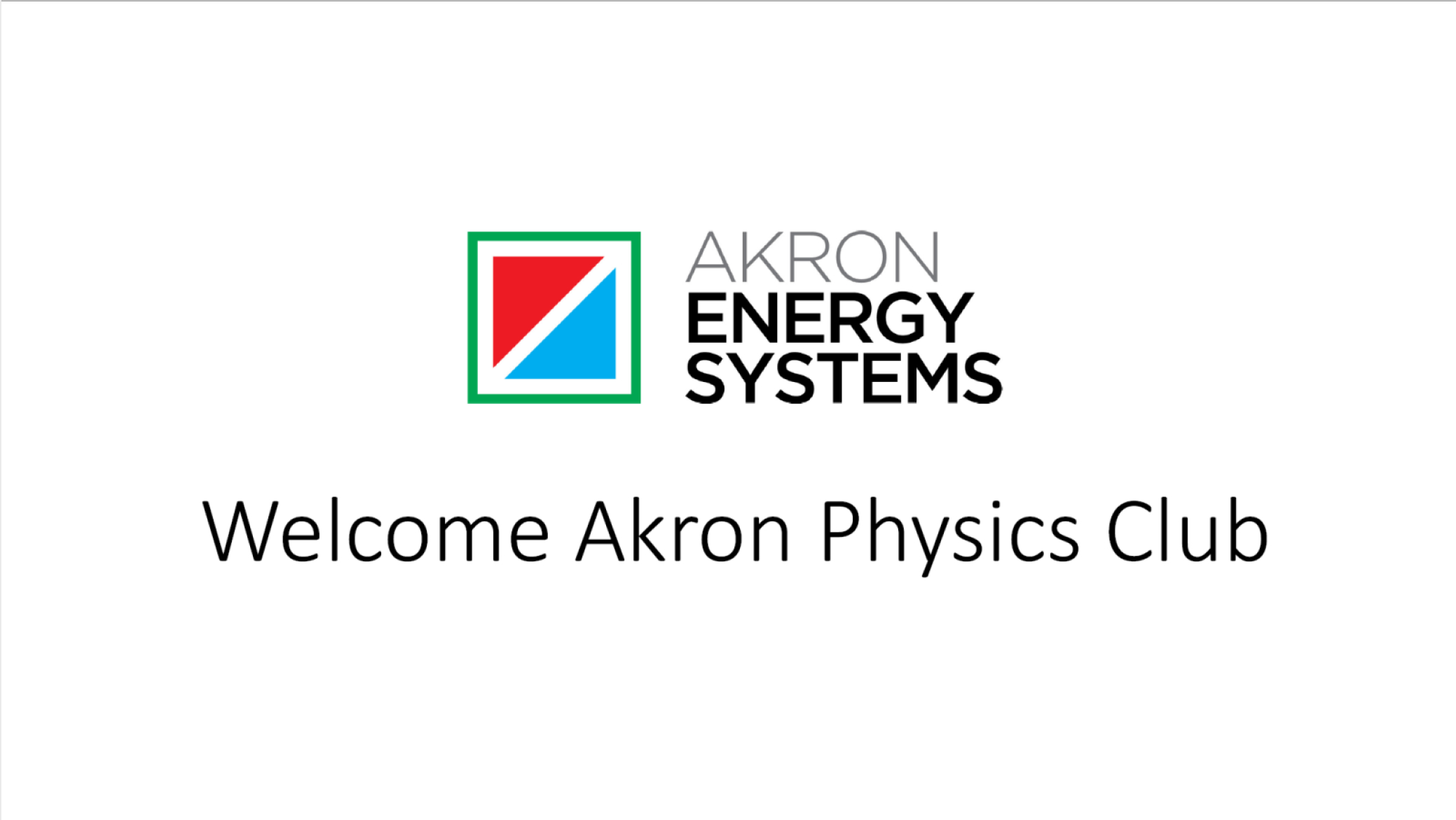
-
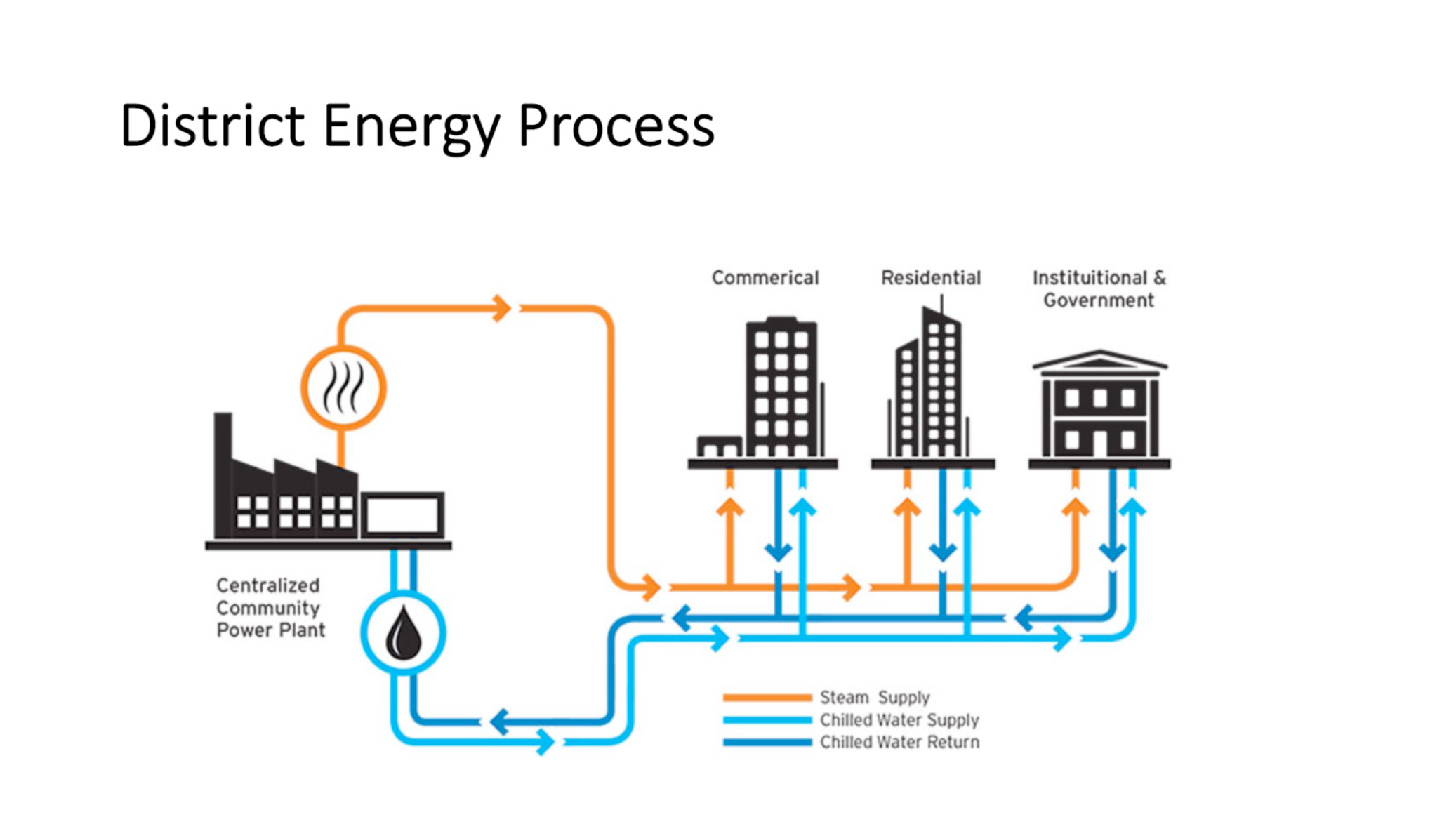
-
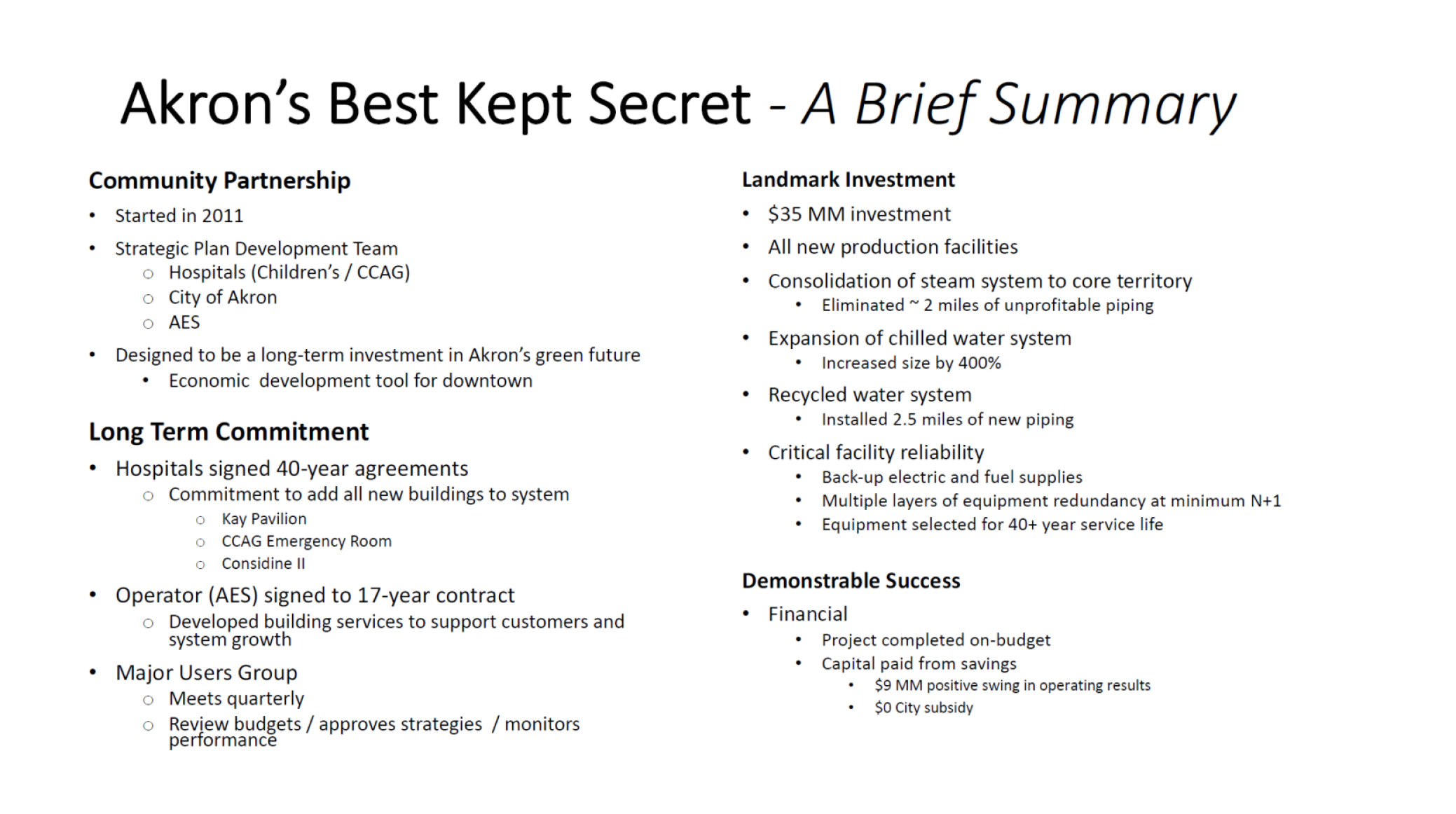
-
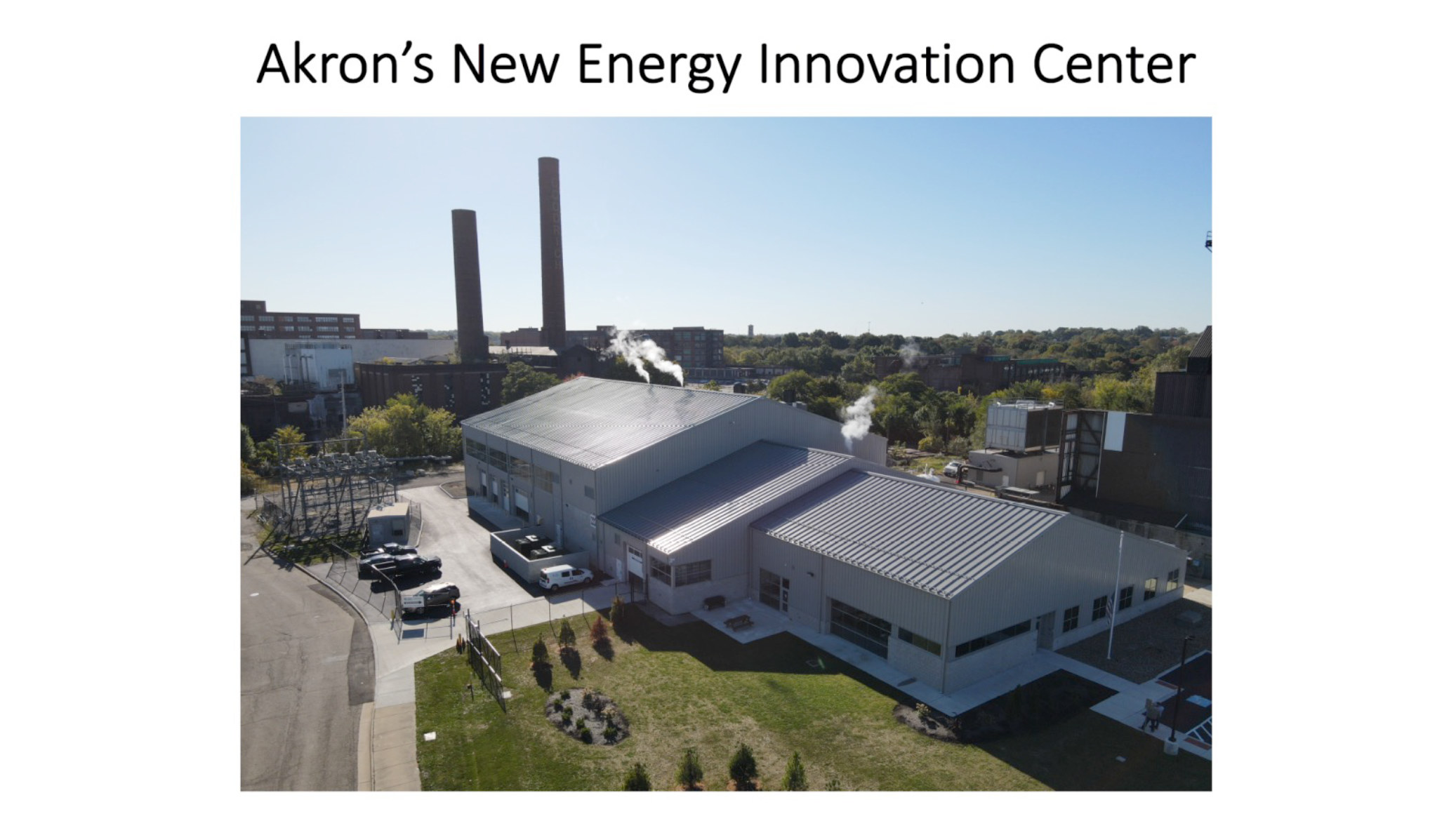
-

-
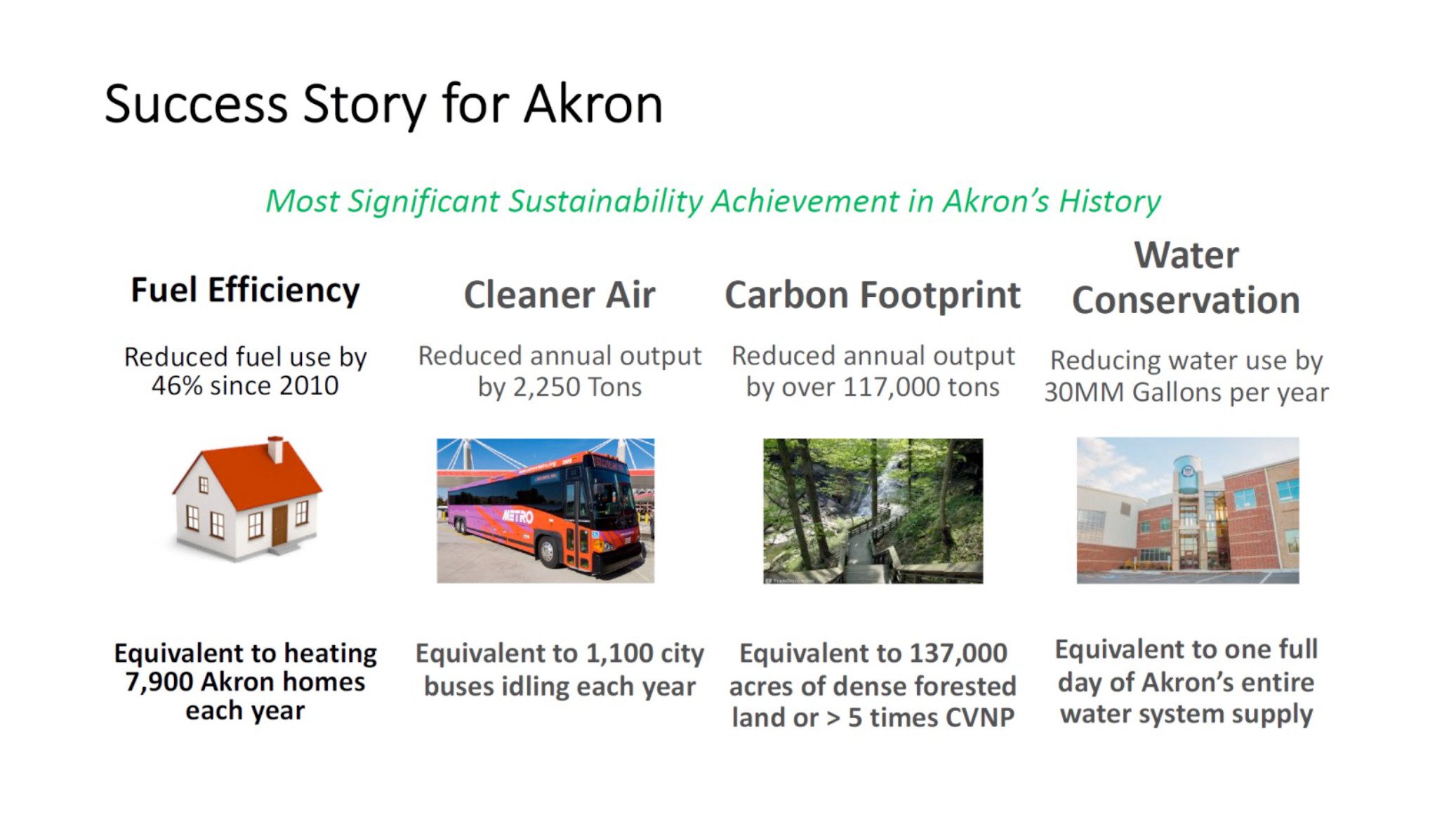
-
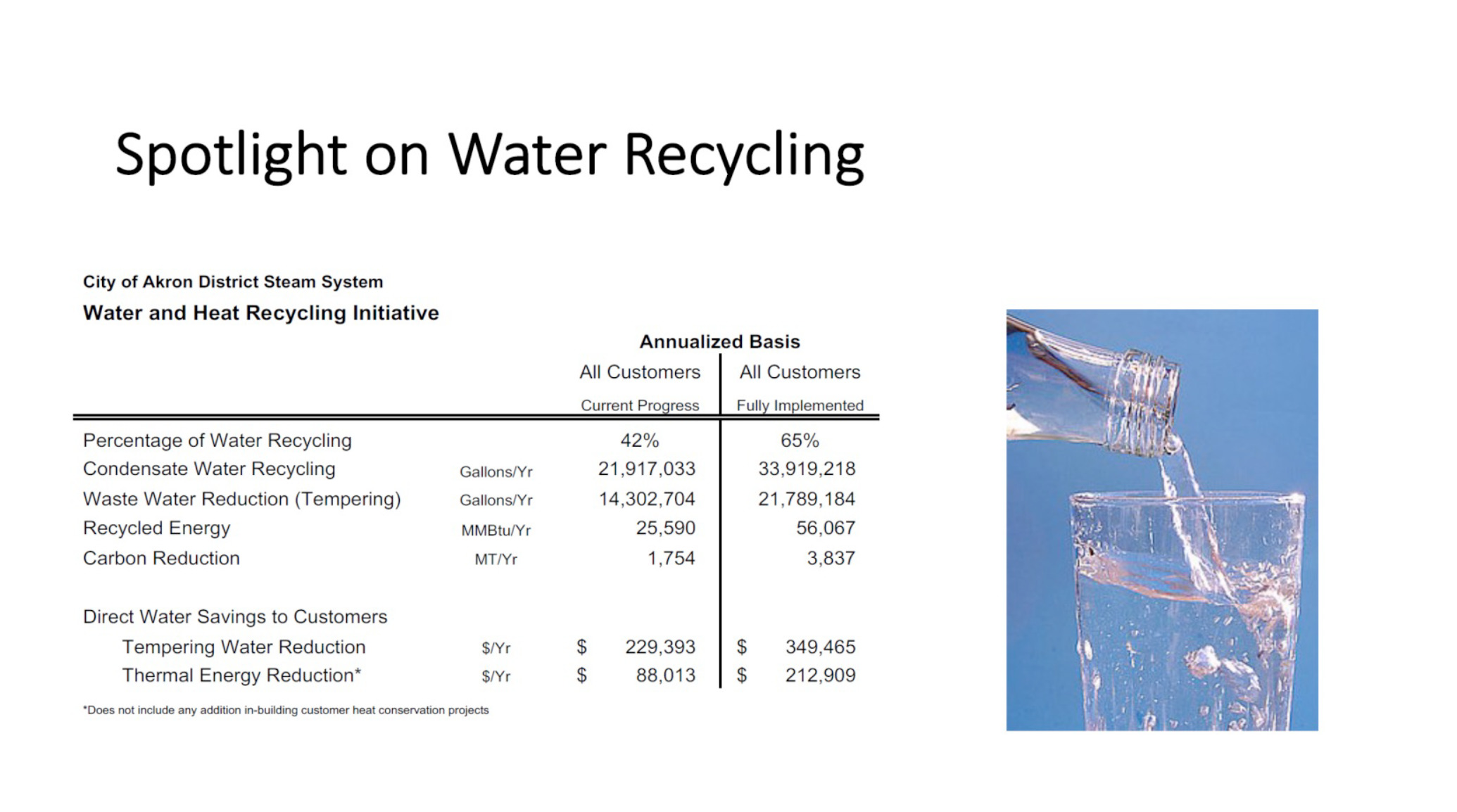
-
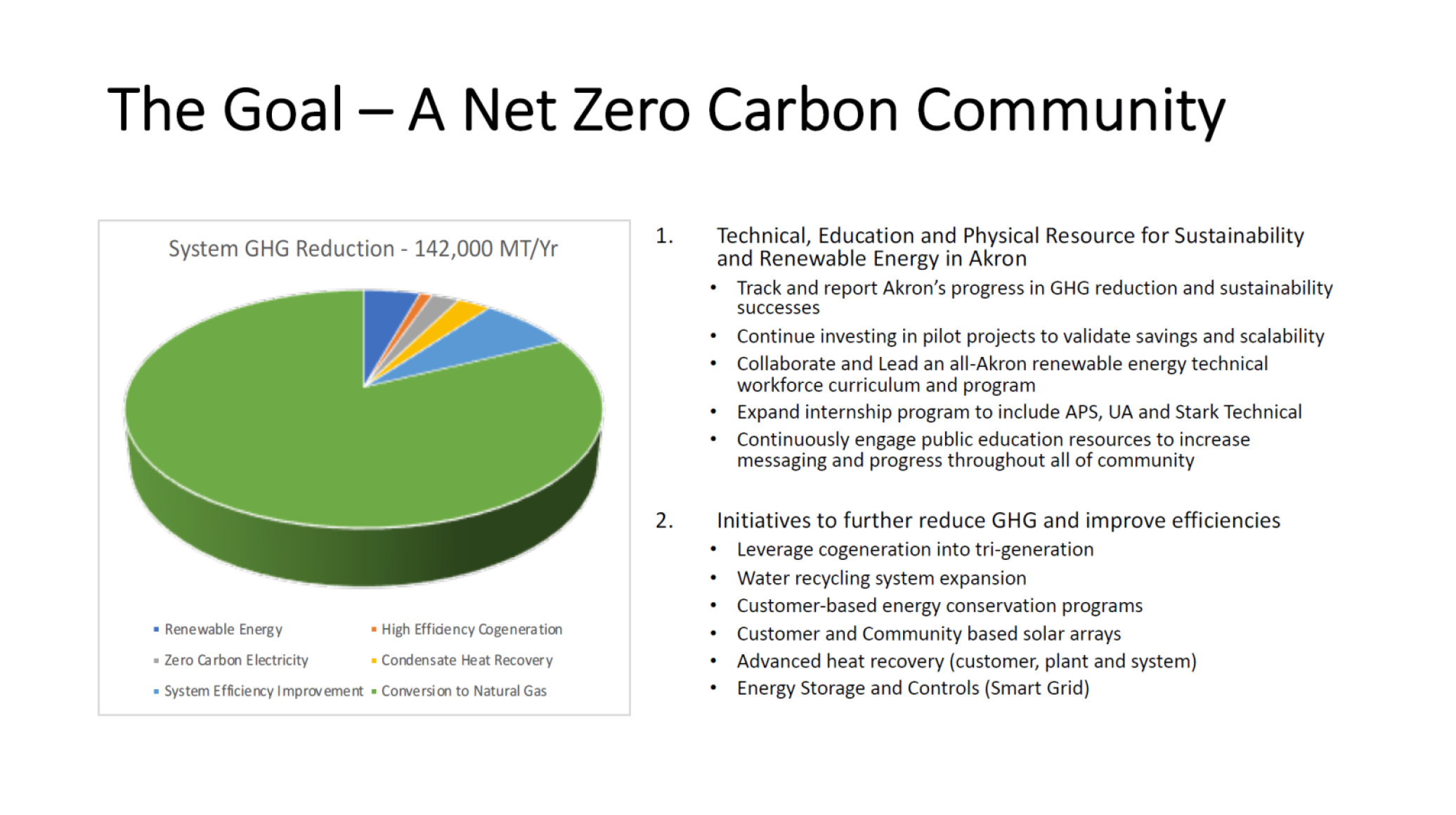
-

Jonah Kirszenberg, Secretary
~~~~~~~~~~~~~~~~~~~~~~~~~~~~~~~~~~~~~~~~~~~~~~~~~~~~~~~~~~~~~~~~~~~~~~~~~~~~~~~~~~~~~~~~~~~~~~~~~~~~~~~~~~~~~~~~~~~~~~~~~~
Akron Physics Club
MEETING ANNOUNCEMENT: TUESDAY November 24, 2021
Topic: Akron Water Works
Doors open at 5:30pm. Meeting at 6:00pm
New Era Restaurant, 10 Massillion Rd, Akron OH 44312
Gregg Loesch and Ray Flasco
will be speaking on
History of the Akron Water Supply: 1870's to the Present
-
Sign up at "Akron Physics Club Meetup. Meeting is free.
https://www.meetup.com/Akron-Physics-Meetup
Visitors and students are always welcome.
If you currently are not on our email list and wish to attend our meeting, please send such request to: (This email address is being protected from spambots. You need JavaScript enabled to view it.).
Gregg Loesch and Ray Flasco,
will be speaking on
"History of the Akron Water Supply: 1870's to the Present"
There will be two presenters, Gregg Loesch and Ray Flasco. Gregg will be live and Ray will connect through Zoom.
Gregg Loesch is a professional civil engineer who has worked at Akron Water for 42 years. He is a graduate of the University of Akron and holds a Class II Distribution System Operators license for Ohio. He is involved in the planning and the daily operation of the water distribution system. He presently lives in the Ellet community of Akron.
Ray Flasco
- Is the Process Control Water Quality Coordinator at the Akron Water Plant
- He is a Professional Engineer in Ohio, a chemical engineer graduated from the University of Akron
- an EPA Class IV Water Supply Operator, and
- an Operator of Record for the Akron Water Plant.
- Ray worked 35 years as an engineer and manager for the City of Akron Water Bureau, then retired ten (12) years ago, and has since continued to contribute to the operation of the Akron Water Plant as consultant with Environmental Design Group.
- Ray also lives in Akron and gladly drinks the water produced by the Akron Water Plant.
- Earlier this year Ray finally received a US utility patent for his invention of the “Inside Cubic Corner Sonic Wave Reflecting Fishing Lure” or as Ray likes to call it, “The World’s Best Fishing Lure”! It took Ray 7 years and several appeals to satisfy the Patent Office on the originality of his patent.
Gregg will show a PowerPoint on the AWW history, and show some artifacts such as wooden water mains, old water meter, and other technology from water delivery system.
We will also be on Zoom for the people that can't make it to the New Era Cafe.
Minutes, November 24, 2021
View the entire slide presentation here...
The History of the Akron Water Supply.pdf
-

-
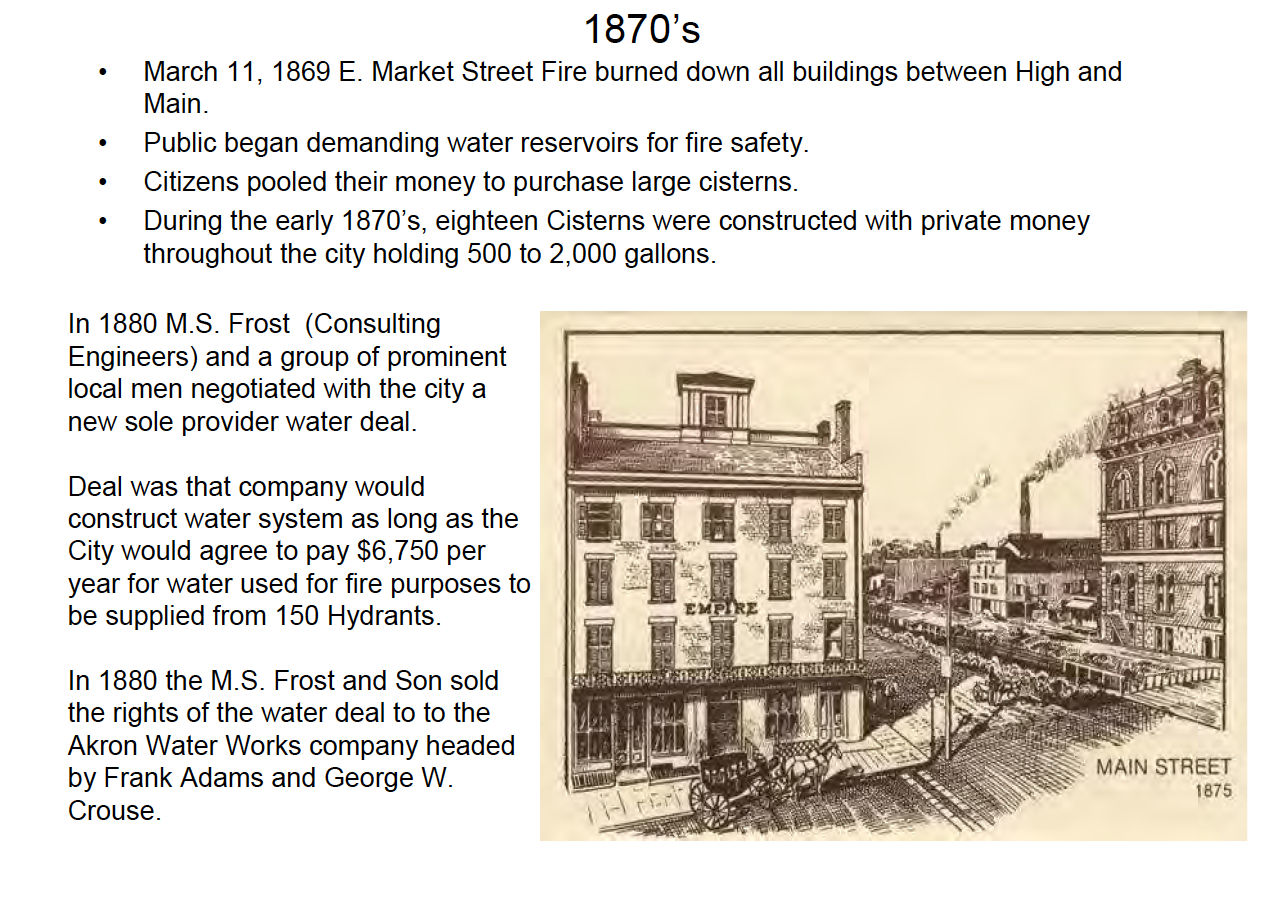
-

Jonah Kirszenberg, Secretary
- - -

